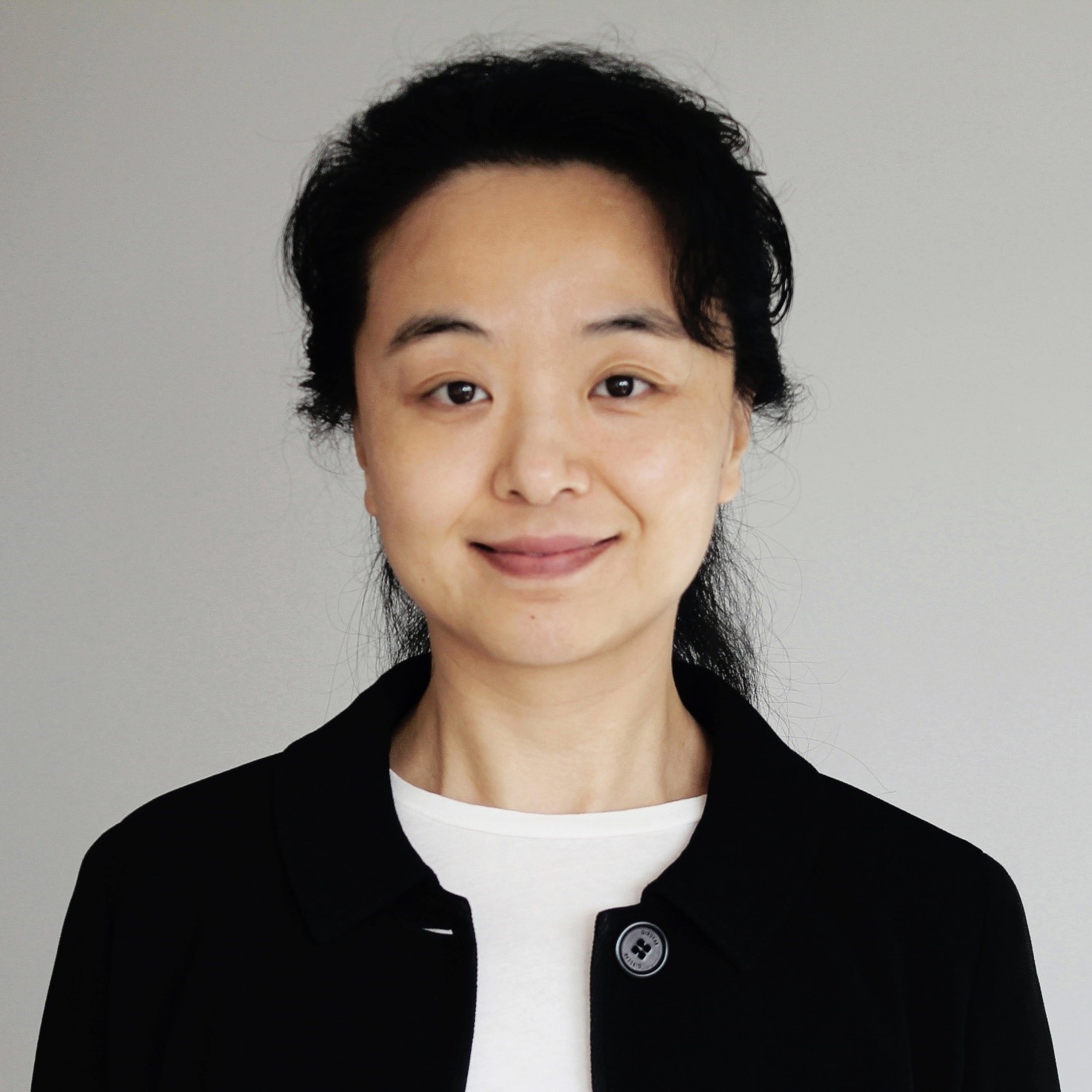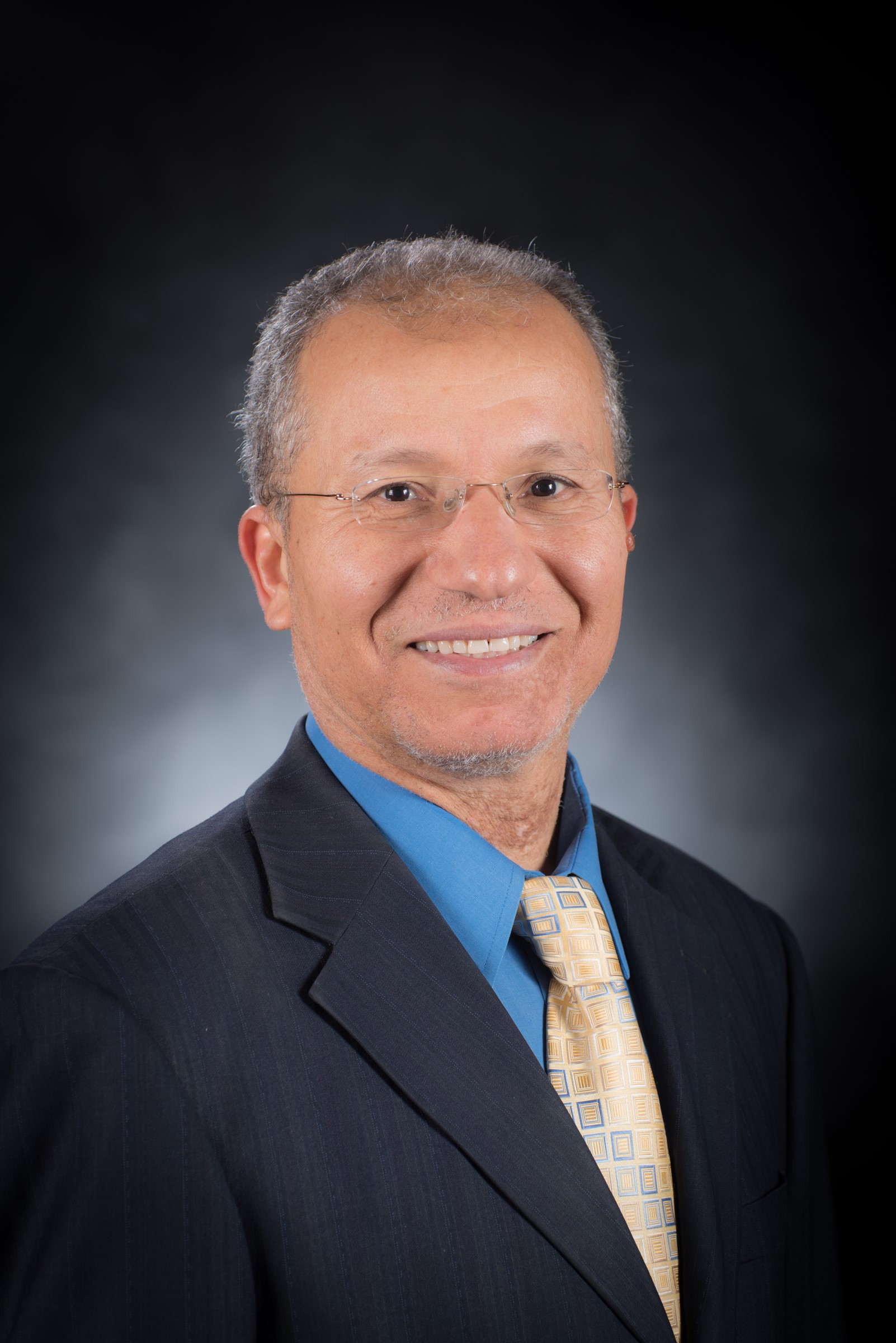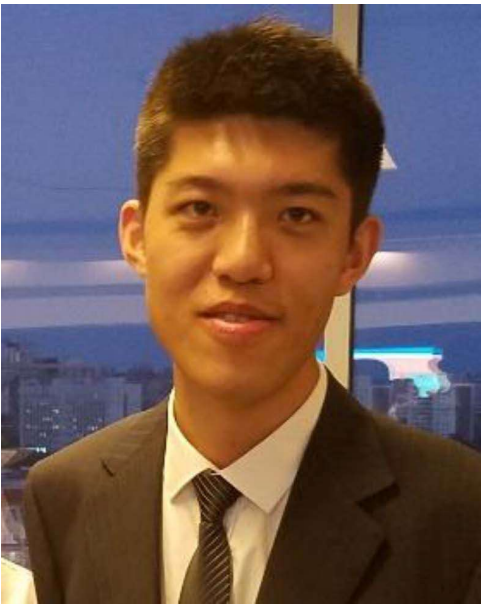Tutorial1: Baby LLMs and Edge Computing: Motivations, Potentials, and Challenges

Prof. Ala Al-Fuqaha;HBKU, Qatar;

Prof. Mohamed Abdallah, HBKU, Qatar;

Dr. Mohamed Rahouti;Fordham, USA;

Dr. Ruhul Amin, Fordham, USA;

Dr. Latif Khan, MBZUAI, UAE ;

Dr. Shawqi Al-Maliki, HBKU, Qatar
Large language models (LLMs) have revolutionized Natural Language Processing (NLP), enabling capabilities previously unachievable. Similarly, edge computing has transformed the Internet of Things (IoT) by enabling applications with reduced latency, improved bandwidth efficiency, and lower energy consumption. Both LLMs and edge computing represent disruptive and transformative technologies. However, these two domains currently operate largely independently, awaiting the integration that will unlock their true joint potential. This integration would create a new generation of impactful applications. Key obstacles hindering LLM deployment at the edge include their large size and resource requirements. To address this, researchers and practitioners are actively bridging the gap by developing "baby LLMs" specifically designed for edge devices through techniques like model compression, pruning, quantization, and knowledge transfer. Successful integration between LLMs and edge computing has the potential to unlock transformative functionalities such as advanced virtual assistants, context-aware smart home devices, and autonomous vehicle communication. To realize these potentials, researchers and practitioners from both the LLM and edge computing communities must work together to overcome challenges such as deployment complexity, ongoing updates and management, and integration & compatibility issues.
OverviewCurrent Status of LLM:
From Edge NLP to Edge LLM
Ideal Baby LLM:
Gaining the typical advantages of the edge:
Enabling new functionalities that cannot be achieved otherwise.
Tutorial2: 5G/6G Permutation-Based TL Design Toward Next-Generation URLLC

Yuli Yang
University of Essex,
UK

Mohsen Guizani
MBZUAI
UAE

Peter Mueller
IBM Zurich Research Laboratory
As a key technology pillar in emerging wireless networking infrastructure, ultra-reliable and low-latency communications (URLLC) with massive connectivity over scarce physical resource units are indispensable to the mission-critical applications, e.g., industrial automation, remote surgery, intelligent transport, and virtual/augment reality. Achieving URLLC poses significant challenges due to the stringent requirements on latency, reliability, security, and scalability. Short data packets have been utilised to address these requirements, and the information-theoretic advances in finite blocklength regime have established a basis for the design and optimisation of short-packet communications. Since existing communication techniques in 5G mobile systems do not suffice in fulfilling all the key performance indicators of URLLC, a large volume of attempts has been committed to the enhancement of spectral efficiency and energy efficiency in meeting the demands of latency lower than 1 ms and packet error rate lower than . Among them, the philosophy of permutation modulation at the physical layer is one of the promising solutions, which exploits the physical resources in a smart way. It uses the activation of physical-layer resource units, e.g., in space, frequency, time or code domain, to convey a part of information bits, rather than solely relies on classical modulation, i.e., amplitude and/or phase modulation, to map and physically transmit them. Recently, the permutation philosophy has been embraced by the transport layer, where a portion of application-layer data is conveyed by the permutation of activated transport-layer resource units, e.g., the transmission order or the packet length. In a resource-efficient manner, the permutation-based transport-layer design increases goodput, reduces latency, improves physical-channel throughput, and enhances security against data tracing. This tutorial introduces permutation-based transport-layer design through discussing its design principles, its performance analysis tools in finite blocklength regime, its advantages for next-generation URLLC, and the road ahead in the research. Our hope is to facilitate researchers who might have interests in permutation modulation, e.g., spatial modulation and index modulation, would like to kick-start their understanding of recently developed permutation-based transport-layer design.
Biography:Yuli Yang (IEEE Senior Member) received the Ph.D. degree in communications and information systems from Peking University (China). She is a Senior Lecturer in Communications and Networks, with the University of Essex (UK). Prior to joining the University of Essex, she was with the University of Lincoln (UK), the University of Chester (UK), Meliksah University (Turkey), and King Abdullah University of Science & Technology (Saudi Arabia) on various academic positions. Her industry experience includes working with Bell Labs Shanghai (China) as a Research Scientist and with Huawei Technologies (China) as an Intern Researcher. Her research interests include modelling, design, analysis, and optimisation of wireless systems and networks, specifically in physical-layer security, permutation-based modulation/transmission, and ultra-reliable low-latency communications.
Mohsen Guizani (Fellow, IEEE) received the BS (with distinction), MS and PhD degrees in Electrical and Computer engineering from Syracuse University, Syracuse, NY, USA in 1985, 1987 and 1990, respectively. He is currently a Professor of Machine Learning at the Mohamed Bin Zayed University of Artificial Intelligence (MBZUAI), Abu Dhabi, UAE. Previously, he worked in different institutions in the USA. His research interests include applied machine learning and artificial intelligence, smart city, Internet of Things (IoT), intelligent autonomous systems, and cybersecurity. He became an IEEE Fellow in 2009 and was listed as a Clarivate Analytics Highly Cited Researcher in Computer Science in 2019, 2020, 2021 and 2022. Dr. Guizani has won several research awards including the “2015 IEEE Communications Society Best Survey Paper Award”, the Best ComSoc Journal Paper Award in 2021 as well 5 Best Paper Awards from ICC and Globecom Conferences. He is the author of 11 books, more than 1000 publications and several US patents. He is also the recipient of the 2017 IEEE Communications Society Wireless Technical Committee (WTC) Recognition Award, the 2018 AdHoc Technical Committee Recognition Award, and the 2019 IEEE Communications and Information Security Technical Recognition (CISTC) Award. He served as the Editor-in-Chief of IEEE Network and is currently serving on the Editorial Boards of many IEEE Transactions and Magazines. He was the Chair of the IEEE Communications Society Wireless Technical Committee and the Chair of the TAOS Technical Committee. He served as the IEEE Computer Society Distinguished Speaker and is currently the IEEE ComSoc Distinguished Lecturer.
Tutorial3: From 1 to 100: Standardization in the Communications Industry

Ruiqi (Richie) Liu
Master researcher,
Wireless and computing research institute of ZTE Corporation, China

Tianqi Mao
Research Fellow
Beijing Institute of Technology, China
Standardization is shaping the way the communication industry moves forward, and is the key to research and development of current and future networks. Despite the fact that many researchers devoted lots of efforts in bridging the scientific society and the industry, there still exists a gap in between, making it challenging for scientific researchers to correctly understand where the industry is heading as well as creating impact to the industry with their work. This gap is largely due to the fact that communication technologies are evolving in an unprecedented pace and the standards are getting more complicated for freshmen to comprehend. In this tutorial, the instructor aims to provide the audience with basic knowledge to be able to find, read and understand standard documents when needed, and even try to impact the standards with their work.
Biography:Ruiqi (Richie) Liu (S’14-M’20) received the B.S. and M.S. degree (with honors) in electronic engineering from the Department of Electronic Engineering, Tsinghua University in 2016 and 2019 respectively. He is now a master researcher in the wireless and computing research institute of ZTE Corporation, responsible for long-term research as well as standardization. His main research interests include reconfigurable intelligent surfaces, integrated sensing and communication and wireless positioning. He is the author or co-author of several books and book chapters. He has participated in national key research projects as the researcher or research lead. During his 3-year service at 3GPP from 2019 to 2022, he has authored and submitted more than 500 technical documents with over 100 of them approved, and he served as the co-rapporteur of the work item (WI) on NR RRM enhancement and the feature lead of multiple features. He currently serves as the Vice Chair of ISG RIS in the ETSI. He actively participates in organizing committees, technical sessions, tutorials, workshops, symposia and industry panels in IEEE conferences as the chair, organizer, moderator, panelist or invited speaker. He served as the guest editor for Digital Signal Processing and the lead guest editor for the special issue on 6G in IEEE OJCOMS. He serves as the Deputy Editor-inChief of IET Quantum Communication and the Editor of ITU Journal of Future and Evolving Technologies (ITU J-FET). He is the Standardization Officer for IEEE ComSoc ETI on reconfigurable intelligent surfaces (ETIRIS) and the Standards Liaison Officer for IEEE ComSoc Signal Processing and Computing for Communications Technical Committee (SPCC-TC). His recent awards include the 2022 SPCC-TC Outstanding Service Award and the Beijing Science and Technology Invention Award (Second Prize, 2023).
Tianqi Mao (M’22) received the B.S., M.S. (Hons.), and Ph. D (Hons.) degrees from Tsinghua University in 2015, 2018 and 2022, respectively. From 2022 to 2023, he was a Research Fellow with School of Electronic and Information Engineering, Beihang University, Beijing, China. He is now a Research Fellow with the School of Information and Electronics and the Advanced Research Institute of Multidisciplinary Science, Beijing Institute of Technology, Beijing, China. He has authored over 30 journal and conference papers in IEEE COMST, IEEE JSAC, IEEE WCM, IEEE COMMAG, IEEE TCOM, IEEE TVT, etc., including 2 Highly Cited Papers of ESI (as the first author). His main research interests include modulation and signal processing for terahertz communications, integrated sensing and communications, RIS-aided communications and visible light communications. He was a recipient of the 8th Young Elite Scientists Sponsorship Program by China Association for Science and Technology, the Science and Technology Award (Second Prize) of China Institute of Communications, the Excellent Master Dissertation of Chinese Institute of Electronics, the Special Scholarship of Tsinghua University, the Outstanding Ph.D. Graduate of Beijing City and the Outstanding Master Graduate of Tsinghua University. He is currently an Associate Editor of IEEE Communications Letters and IEEE Open Journal of Vehicular Technology, and a Guest Editor of IEEE Open Journal of the Communications Society. He was also the Exemplary Reviewer of IEEE Transactions on Communications and Communications Letters.
Tutorial4: Revolutionizing 6G Networks: A Deep Dive into Key Enabling Technologies for UAV-based THz in High-Performance Fronthaul

Muhammad Shehab, Mazen Hasna, Tamer Khattab and Nizar Zorba
Electrical Engineering department,
Qatar University, Qatar
Wireless backhaul/fronthaul links are proposed as an alternative for massive deployment of small cells because they are more flexible, easy to deploy, and cost effective as compared to the traditional optical fiber links. High frequency millimetre wave (mmWave) and terahertz (THz) links meet the capacity requirements of next generation communication networks. However, mmWave/THz links suffer from susceptibility to weather conditions and require a line-of-sight (LoS) connection, which is the main hurdle in urban regions. The utilization of unmanned aerial vehicles (UAVs) as a wireless fronthaul hub point between small cells and the core network is the promising solution. These UAV-hubs acting as networked flying platforms (NFPs) provide a possibility of wireless LoS fronthaul link and thus, enable the implementation of mmWave/THz in commercial systems at a fast pace, and is expected to boom in the next years. In this tutorial we will start with a literature review on the chronological order for HetNets, UAVs, multihop technology, mmWave/THz communications and Intelligent reflecting surface (IRS), with the objective to introduce the different technologies that will merge to solve the challenges faced by UAVs for Small Cell HetNets. Along the whole tutorial, we will highlight the different technologies that enable the tackled scenario, together with the comparison to the different proposals from the literature/industry to deal with such scenario.
Biography:Muhammad J. Shehab (Member, IEEE) received the Bachelor of Engineering (B.E.) and the Master of Electrical/Communication and Electronics Engineering (M.E.) degrees from Beirut Arab University (BAU), Beirut, in 2007 and 2011, respectively, and the Doctor of Philosophy (Ph.D.) degree in wireless communication from the Department of Electronics and Telecommunications, Politecnico di Torino (POLITO). In 2013, he joined the Department of Information Technology, Community College of Qatar (CCQ), as a Lecturer. His research interests include 6G networks, intelligent reflecting surface (IRS), mmWave, THz, beamforming and machine learning (ML).
Mazen O. Hasna (Senior Member, IEEE) has about twenty years of academic experience, and has a distinguished record in research, teaching, and education leadership. In particular, Dr. Hasna has an outstanding research profile resulted in being on the 2015 highly cited list of Thomson Reuters (now Clarivate Analytics). He has an H-index of 37 with a record of more than 240 indexed publications and more than 9000 citations. His pioneering work on cooperative communication and relayed transmission has around 4800 citations, with a single paper on performance analysis of dual hop systems receiving more than 1600 citations. More recently, the research of Dr. Hasna has been focusing on physical layer security, UAV-based networks, D2D enabled communications, FSO/RF hybrid networks, and RIS-assisted systems. Dr. Hasna has received research grants in the last 10 years worth of more than $6M, both from industry and government. He contributed to many IEEE conferences and journals, and he was the general co-chair of IEEE WCNC 2016 that was held in Doha in April 2016. On the services side, Dr. Hasna is the current founding chair of the national committee for qualifications and academic accreditation for the state of Qatar, which has the mandate of governing the national qualifications framework, and to perform institutional and program accreditation in Qatar. He has previously served in leading administrative positions at Qatar University (QU) since 2005 including a department head, an engineering dean, and a VP/Chief Academic Officer. He has also served on many leading committees regionally, nationally, and in QU. During his tenure as VP academic, he has led QU efforts to improve its international ranking; and managed the offering of the first PhD program in Qatar and the expansion of graduate offerings at QU. Dr. Hasna is a founding member for the Qatari society of engineers, and the IEEE section in Qatar. He also led a project to build a low-cost wireless network in the Comoros Islands to help connecting the three islands and to enable Internet connectivity to distant and low gifted areas. In addition, Dr. Hasna is the co-founder of Qatar Mobility Innovation Center, an applied research center promoting the innovations in the wireless and mobile communications area, which resides in the Qatar Science and Technology Park.
Tamer Khattab (Senior Member, IEEE) received the B.Sc. and M.Sc. degrees in electronics and communications engineering from Cairo University, Giza, Egypt, and the Ph.D. degree in electrical and computer engineering from The University of British Columbia (UBC), Vancouver, BC, Canada, in 2007. From 1994 to 1999, he was with IBM WTC, Giza, as a Development Team Member and then the Development Team Lead. From 2000 to 2003, he was with Nokia (formerly Alcatel Canada Inc.), Burnaby, BC, Canada, as a Senior Member of the Technical Staff. From 2006 to 2007, he was a Postdoctoral Fellow with The University of British Columbia, where he was involved in prototyping advanced Gbits/sec wireless LAN baseband transceivers. He is currently a Professor with the Electrical Engineering Department, Qatar University, Doha, Qatar. In addition to more than 150 high profile academic journals and conference publications, he has several published and pending patents. He is also a Senior Member of the Technical Staff with the Qatar Mobility Innovation Center (QMIC). He serves as an Editor for the IEEE Communications Letters and an Editor for the IEEE Open Journal of the Communications Society.
Nizar Zorba (Senior Member, IEEE) received the B.Sc. degree in electrical engineering from JUST University, Jordan, in 2002, and the Ph.D. degree in signal processing for communications from UPC Barcelona, Spain, in 2007. He is currently a Professor with the Electrical Engineering Department, Qatar University, Doha, Qatar. He has authored six international patents, two books, contributed to seven book chapters, and co-authored over 160 papers in peer-reviewed journals and international conferences. He is associate EiC of the IEEE Communications Magazine, an Area Editor of the IEEE Communications Letters and an Associate Editor of IEEE Transactions on Cognitive Communications and Networking. He is also IEEE ComSoc Distinguished Lecturer, class 2024-25. Dr. Zorba is a Former Chair of the IEEE Communication Society Technical Committee on Communications Systems Integration and Modelling.


